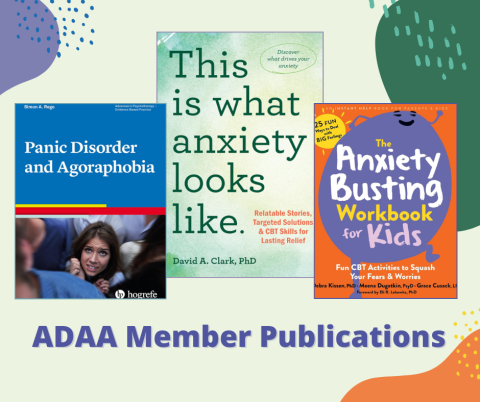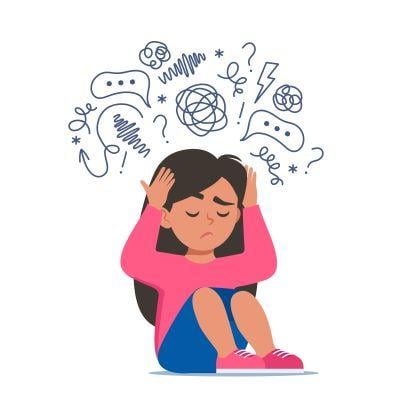“Is This All My Fault?” Addressing the Myth that CBT Blames People for Their Problems
“Is This All My Fault?” Addressing the Myth that CBT Blames People for Their Problems

Recently I became aware of an upsetting myth about Cognitive Behavior Therapy (CBT) which has been circulating online. Proponents of this myth believe that CBT “blames” individuals for their problems. In other words, they believe CBT theorizes that people’s problems are their own fault because their way of thinking is “wrong.” In fact, nothing could be further from the truth, and this profound misunderstanding could prevent people from seeking treatment that thousands of studies have demonstrated is effective in helping people get well and stay well.
Being human, we all make mistakes in our thinking sometimes. It doesn’t mean there’s anything “wrong” with us or “bad” about us. It’s completely normal! “I’ll never get my work finished,” or “No one else has problems like I do,” are examples of thoughts that are likely to be inaccurate. But in the moment, we tend to view thoughts like these as completely true, and as a result, we feel distress. Research has shown that when people have a psychological problem like depression or anxiety, a greater percentage of their thinking turns out to be inaccurate or partly inaccurate and often unhelpful.
However, as a CBT therapist, I would never decide whether something a client thinks is 100% true, 0% true, or somewhere in the middle. My clients and I approach upsetting thoughts with an open mind, asking questions such as “What is the evidence that this thought is true or partially true? What is the evidence on the other side?” Throughout the course of therapy, clients learn to identify thoughts that lead to distress, and to evaluate their thinking and decide for themselves how accurate and helpful their thoughts are. And it’s important to note that treatment takes place in the context of an empathetic, supportive, collaborative, and respectful therapeutic relationship. A strong working alliance between therapist and client is essential to good CBT.
When clients conclude that an upsetting thought is not true or not entirely true, they can often find new ways to think about situations. They usually feel at least a little bit better when they are able to shift their perspective. But most importantly, once they are able to view the situations in their lives more accurately, they are better equipped to deal with them in useful and productive ways.
Of course, sometimes people’s thoughts are patently true. For example, a client thinks, “My partner was late coming home from work four times this week and I was overwhelmed by all the things I had to do for the kids.” In my practice, I would approach this problem by giving the client several choices. The client and I could do problem-solving. We could roleplay asking her partner to come home earlier. We could list the many tasks she had to do and discuss whether she could skip or postpone doing some of the tasks, do some tasks some less thoroughly, or delegate some tasks to her older children. And/or we could see whether she had drawn any inaccurate or unhelpful conclusions about the problem, such as “There’s nothing I can do to make my life better.” Coping skills can help clients manage distress when upsetting thoughts are true. For example, mindfulness practices can help them accept a troubling situation instead of struggling against it.
Instead of blaming people for their problems, CBT acknowledges that people’s distress may be related to circumstances beyond their control, for example, adverse childhood experiences, traumatic events, receiving a diagnosis of a serious illness, or systemic racism. Certainly, people’s problems are not necessarily their (or anyone else's) fault. But that doesn’t mean they can’t become empowered to think clearly and realistically about their situation, consider their options, engage in problem-solving, and lead the healthiest and best life possible given their circumstances.
Finally, modern CBT focuses less on symptom reduction and places a greater emphasis on increasing clients’ overall wellbeing. CBT therapists do this by helping clients identify their important strengths, live in alignment with their values, pursue their aspirations, and form and strengthen their connections with others. As clients begin to work toward their goals, build a network of support, and recognize their strengths, they build resilience. CBT doesn’t blame people for their problems but gives them the tools they need to solve them. And the skills they learn in therapy are meant to last them a lifetime.


















